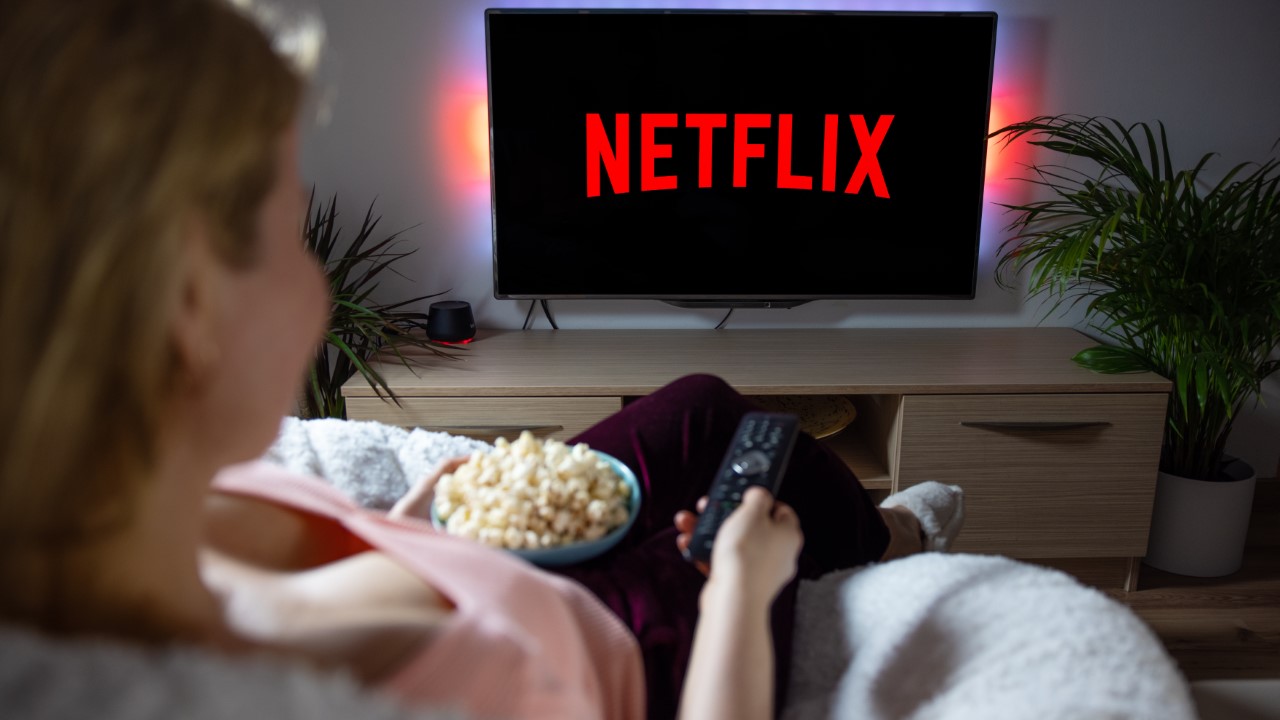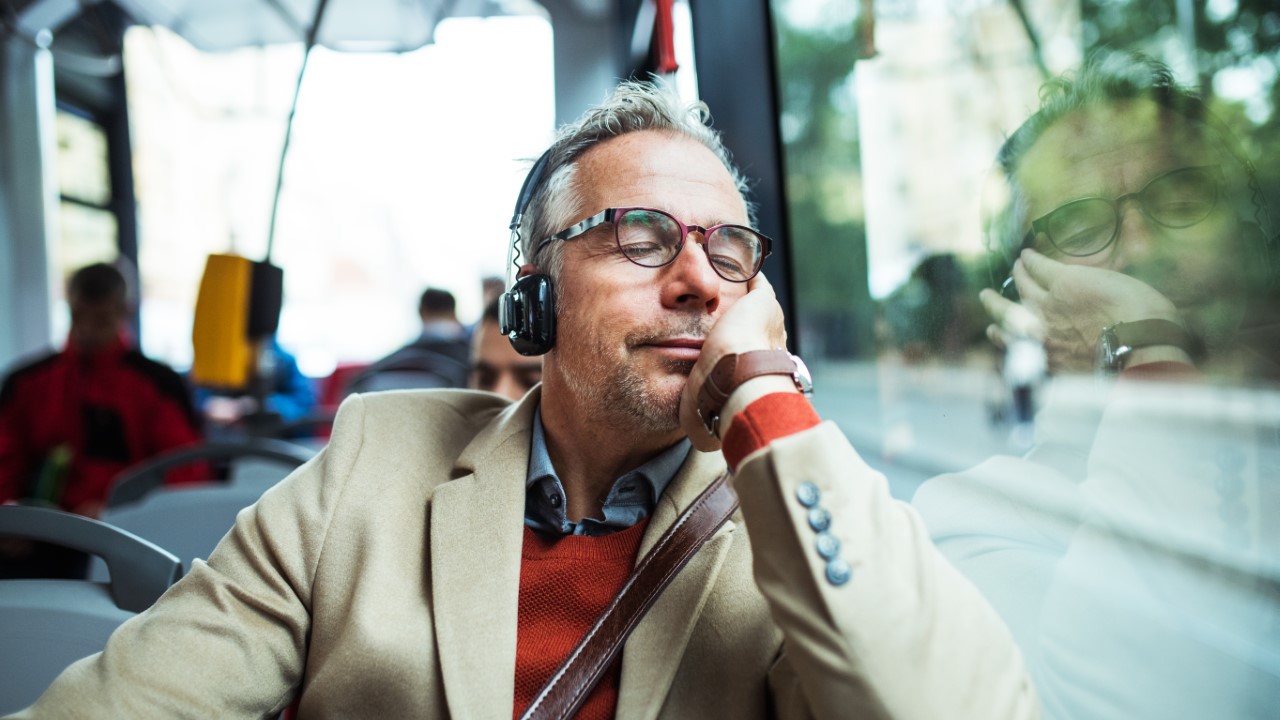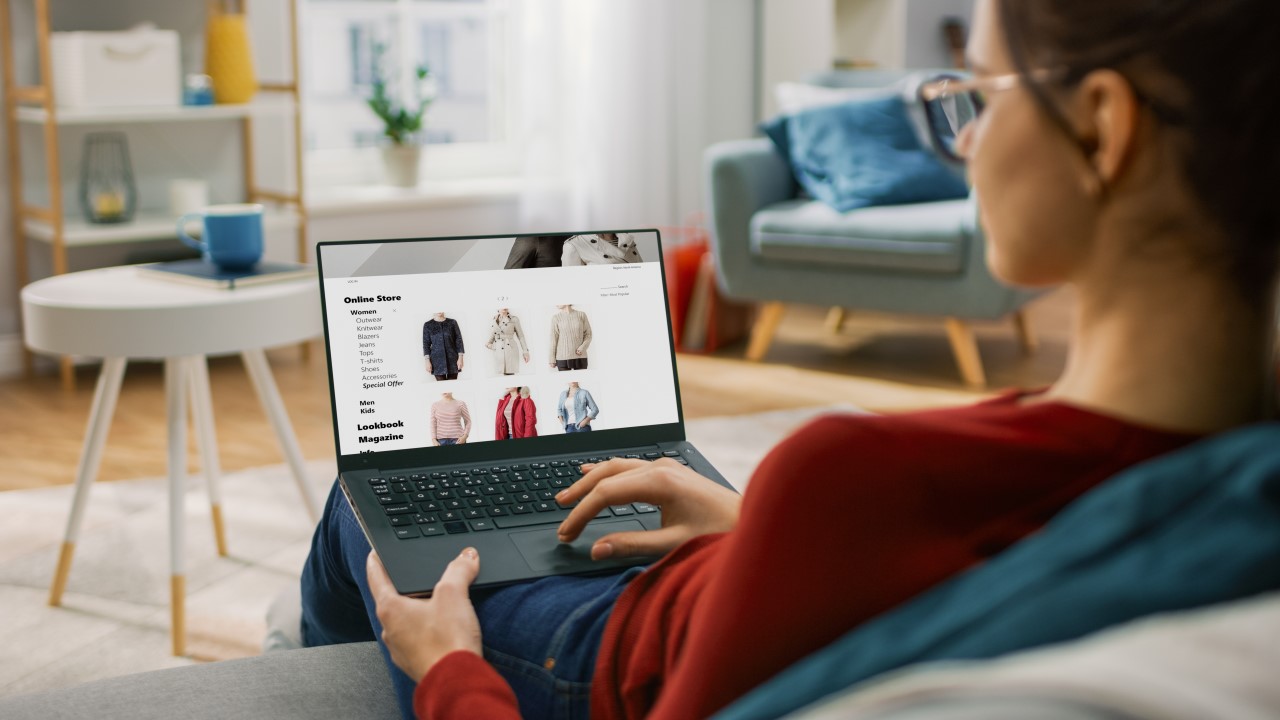COVID changed the world in many different capacities. Whether it’s a mundane shift or something massive, these changes led to a reality that wouldn’t have existed without the pandemic.
For many of us, the world came to a halt. We were forced to shut ourselves inside, pause, and look around us. This global crisis took a toll on the healthcare system, those who lost someone to the sickness, those who lost their jobs and income, and everyone else who had to suffer.
The ripple effect of COVID-19 can still be seen in 2024. Many of us know the world a lot differently now.
1. Working From Home

According to Gallup, 45% of full-time U.S. employees work from home, part or all the time. With the pandemic, companies that previously were rigid about change had to shift their way of working to survive. Those who refused to do so were shut down. The ripple effect of the work-from-home policies is still present today as many companies remain remote, while some also employ people in a hybrid setting.
2. The Great Resignation

After being stuck indoors for so long, people began to realize the importance of work-life balance, which caused a shift of power between employees and employers. This led to the great resignation. According to Investopedia, the great resignation refers to the spring of 2021, when workers resigned in masses. This change in mindset stems from the pandemic.
3. Indoor Activities

COVID-19 instilled a fear of indoor activities in people, which is still present today. Instead of watching movies in cinemas where you have to sit side by side with many people, many streaming platforms are seeing hikes in their subscribers. According to AP News, Netflix had more than 260 million global subscribers at the end of 2023, an annual increase of nearly 30 million subscribers.
4. Health Conscious Living

According to McKinsey, the wellness market in the US has reached $480 billion, growing at 5 to 10 percent per year. Seeing the effects of the pandemic on human life has led people to be more mindful about what they eat, how much exercise they get, and their mental health and well-being. No one wants to repeat what happened, so everyone tries to minimize their risks.
5. Telehealth

In a survey conducted by Rockhealth, 51% of 8000 adults reported that they prefer telehealth over in-person care for minor illnesses. When hospitals were flooded with contagious patients, doctors asked people to stay home for minor issues. Since then, people have been preferring to use telehealth, not only because it’s safer but also because it’s much quicker and more convenient.
6. Public Transport

According to Gitnux, 22% of trips are by bike or on foot in the United States. As public transport had to be adjusted according to the SOPs, it significantly reduced the capacity of people who could sit inside. People were also afraid to travel in large groups. This led to more people using bikes to travel, which is still common today as opposed to pre-covid times.
7. Online Shopping

When shopping couldn’t be done in person, retailers moved their entire businesses online, and since then, online shopping has become very popular. According to Mastercard, retail sales in the US jumped 23.3% in April, with online sales growing nearly 20%. The majority of the spenders were splurging on new clothes. While online shopping did exist before the pandemic, it wasn’t nearly as popular.
8. Educational Shift

The education sector took a big hit; however, it soon recovered with online classes, Google Classroom, zoom, etc. This led us to change the traditional distribution channels and think beyond in-person courses. According to IDream Education, learning management systems stemmed from the pandemic and evolved because of the need to return during the lockdown. These systems are now becoming more of the norm, leading to a change in the way we view education.
9. Furry Friends

According to AVMA, there was a 45% spike in dogs as pets in 2020. This growth remain steady in 2022, with more and more people adopting furry friends to keep them company. Loneliness drives us to take drastic measures, so we now realize the importance of having cuddle-worthy babies in our homes more than ever.
10. College Admissions Process

The batch of 2020 was struck hard when the college admissions process was uncertain. To accommodate these students, universities changed their SAT and similar tests to optional ones since students couldn’t go and give them. According to the Washington Post, many colleges have stuck with the policy indefinitely or at least until 2025.
11. More Takeout

Since sitting in a crowded place wasn’t a smart move during the pandemic, we have become accustomed to getting more takeout. According to the National Restaurant Association, two-thirds of surveyed adults said they’re more likely to order food to go than pre-pandemic. This doesn’t mean people don’t enjoy sitting inside cafes anymore, but takeout is much more common now.
12. Everyone Wants To Travel

In a survey conducted by Expedia Group, 43% of the people claimed that they want to travel more than they used to before COVID-19. Being cooped up inside made me realize just how important exploring the world is, and more and more people are adding destinations to their bucket lists. Life is too short to waste time.
13. Looking for Meaningful Connections

According to Data.ai, Americans began to spend 26% more time on dating apps than they used to in 2019. When many of us felt alone and far away from the people we love, we began to value genuine, meaningful relationships more than before. People no longer take it for granted and are actively trying to form lifelong bonds.
14. Self-Care

The pandemic taught us an important lesson: taking take of yourself comes first. According to CNBC, COVID-19 caused people a lot of trauma. To minimize the implications of the pandemic, people are turning to self-care. Many people are much more invested in themselves than before. More people are visiting beauty salons and gyms, which shows improvement in health and mental wellbeing.
15. Health Became a Political Topic

Many people used the vaccines as a political statement when the vaccines came out. Some resorted to not taking them all together to take a stand. The effects of this are now more prominent, with a sense of distrust in the public healthcare system. Health is no longer just about science; it’s rooted in different ideologies and political views one has.
READ MORE FROM US

